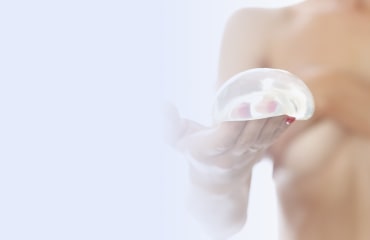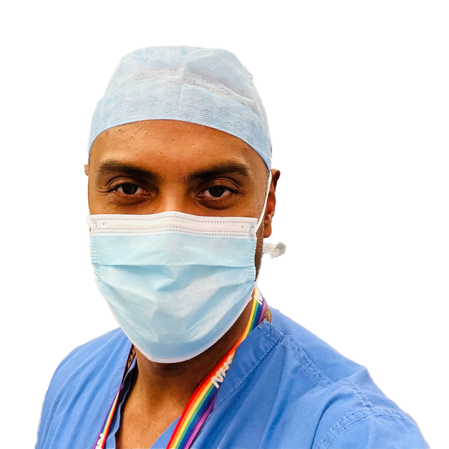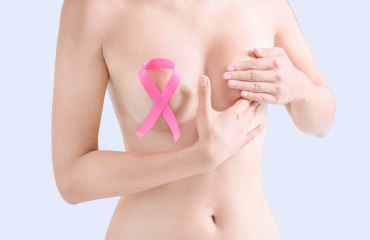Introduction:
Breast cancer is a significant health concern affecting women globally, and the United Kingdom has taken proactive steps to address this issue through the National Breast Screening Programme (NBSP). This comprehensive initiative aims to detect breast cancer at an early stage, allowing for timely intervention and improved chances of successful treatment. In this article, we will explore what UK women need to know about the NBSP, emphasising the importance of regular screening and understanding the process.
What is the National Breast Screening Programme?
The National Breast Screening Programme is a government-sponsored initiative designed to screen women for breast cancer at regular intervals, typically every three years. The program primarily targets women aged 50 to 70, although some areas also offer screening to women aged 47 to 73. The goal is to detect breast cancer at an early stage when it is more treatable and to reduce mortality rates associated with the disease.
Key Points to Understand:
- Eligibility and Invitations:Women within the eligible age range will receive an invitation to participate in the breast screening program. These invitations are sent via mail and include details about your screening location and appointment scheduling. Women beyond the age of 70 if they wish to continue to be screened then they can request a mammogram every 3 years from the breast screening programme but they will not be routinely invited after their last mammogram at the age of 70.
- Frequency of Screenings:The standard screening interval is once every three years. Regular screening is crucial for detecting any changes in the breast tissue early on, increasing the chances of successful treatment.
- Mammography Process:The screening process involves a mammogram, which is an X-ray of the breasts. During the procedure, the breasts are gently compressed between two plates to obtain clear images. While it may cause temporary discomfort, the benefits of early detection far outweigh any momentary inconvenience.
- Interpreting Results:After the mammogram, radiologists will examine the images to identify any abnormalities. Women will receive a letter within a few weeks explaining the results. It’s important to note that most women will have a normal result, but for those with abnormal findings, further tests may be recommended.
- Follow-up Procedures:In case of abnormal results, additional tests, such as ultrasound or biopsy, may be conducted to determine the nature of the detected changes. Early diagnosis enables prompt and appropriate treatment, enhancing the chances of a positive outcome.
- Self-Examinations and Awareness:While the NBSP plays a crucial role in early detection, women are encouraged to be proactive about their breast health. Regular self-examination and awareness of any changes in the breasts are essential components of a comprehensive approach to breast health.
Conclusion:
The National Breast Screening Programme is a vital tool in the fight against breast cancer in the United Kingdom. Understanding the importance of regular screening, being aware of the process, and staying informed about breast health are key aspects of participating in this program. By actively engaging in breast cancer prevention and early detection, women can empower themselves to make informed decisions about their well-being and contribute to improved health outcomes. Regular screening is crucial step towards a healthier and more resilient community, working together to combat breast cancer.
If you have any concerns with regards to your breast health get in touch for a breast health review providing expert assessment, advice, reassurance or diagnosis and treatment as appropriate. My patients rate my practice and service as excellent, book in to understand why.
Seni Mylvaganam
Consultant Oncoplastic Breast Surgeon








